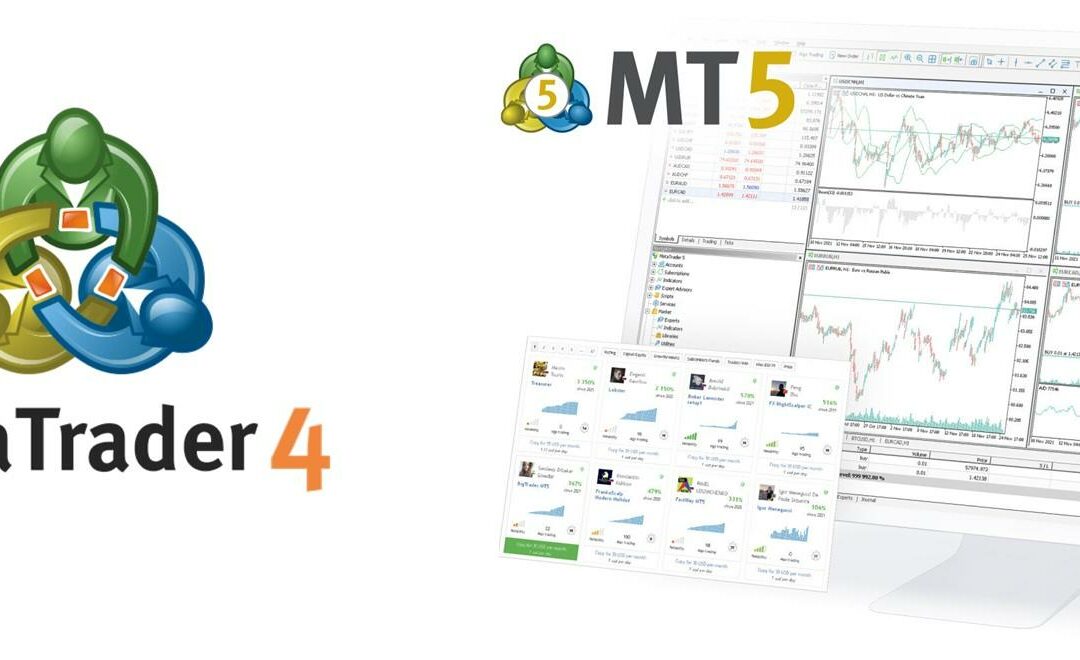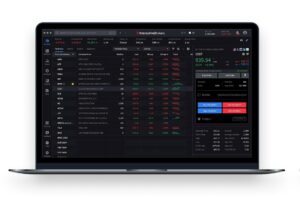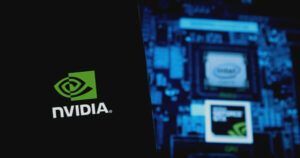MetaTrader 4 (MT4) and MetaTrader 5 (MT5) are the two most widely used trading platforms developed by MetaQuotes. Both offer robust features for online trading, but they cater to slightly different needs. While MT4 is a long-standing favorite among Forex traders, MT5 was introduced as a more versatile, multi-asset platform. Despite MT5 being the newer and more powerful platform, MT4 remains dominant in many retail trading circles. Here’s a breakdown of the main differences to help traders choose the right platform for their strategy.
Market Coverage and Asset Classes
- MetaTrader 4 was built primarily for Forex trading. While it does support CFDs on other assets (stocks, indices, commodities), it wasn’t designed for full multi-asset trading.
- MetaTrader 5 supports Forex, stocks, futures, and options in a truly multi-asset environment. It allows trading on centralized exchanges as well as OTC markets, giving brokers and traders more flexibility.
Order Types and Execution
- MT4 includes four types of pending orders: Buy Limit, Sell Limit, Buy Stop, and Sell Stop. It offers basic execution modes (Instant, Market, and Request execution), which work well for Forex but lack depth for more complex strategies.
- MT5 expands this with six pending order types, adding Buy Stop Limit and Sell Stop Limit. It also features more advanced execution modes and supports partial order filling, fill policies, and depth of market (DoM) functionality.
Charting and Timeframes
- MT4 includes 9 timeframes (from 1-minute to monthly charts) and 30 built-in indicators. It’s functional and user-friendly, especially for Forex technical analysis.
- MT5 adds more depth with 21 timeframes and 38 built-in indicators. It supports multiple chart types and more analytical tools, making it more suitable for detailed market analysis.
Programming Language and Customization
- MT4 uses MQL4, a programming language tailored for Forex trading. It’s efficient for building simple Expert Advisors (EAs), indicators, and scripts, with a massive library of community-created tools.
- MT5 uses MQL5, which is more powerful, object-oriented, and supports multi-threaded strategy testing. It enables more complex strategies and better performance for high-frequency trading. RationalFX points out that traders looking to develop sophisticated automated strategies may find MQL5 more suitable.
Community, Marketplace, and Broker Support
- MT4 has a massive user base, thousands of custom indicators, EAs, and tutorials. Most Forex brokers support MT4 due to its popularity and longevity.
- MT5 has gained momentum, especially among brokers offering multi-asset trading, but its ecosystem is still growing. It integrates with the same MetaTrader marketplace but has fewer third-party tools than MT4.
How to Make the Best Choice?
Both MT4 and MT5 are capable platforms, but they serve slightly different purposes:
- Choose MT4 if you’re primarily a Forex trader looking for simplicity, community support, and proven reliability.
- Choose MT5 if you want advanced features, access to multiple asset classes, enhanced charting, faster backtesting, and flexibility for future-proof trading strategies.
Ultimately, your choice depends on the instruments you trade, the tools you need, and whether you value MT4’s familiarity or MT5’s expanded capabilities.









